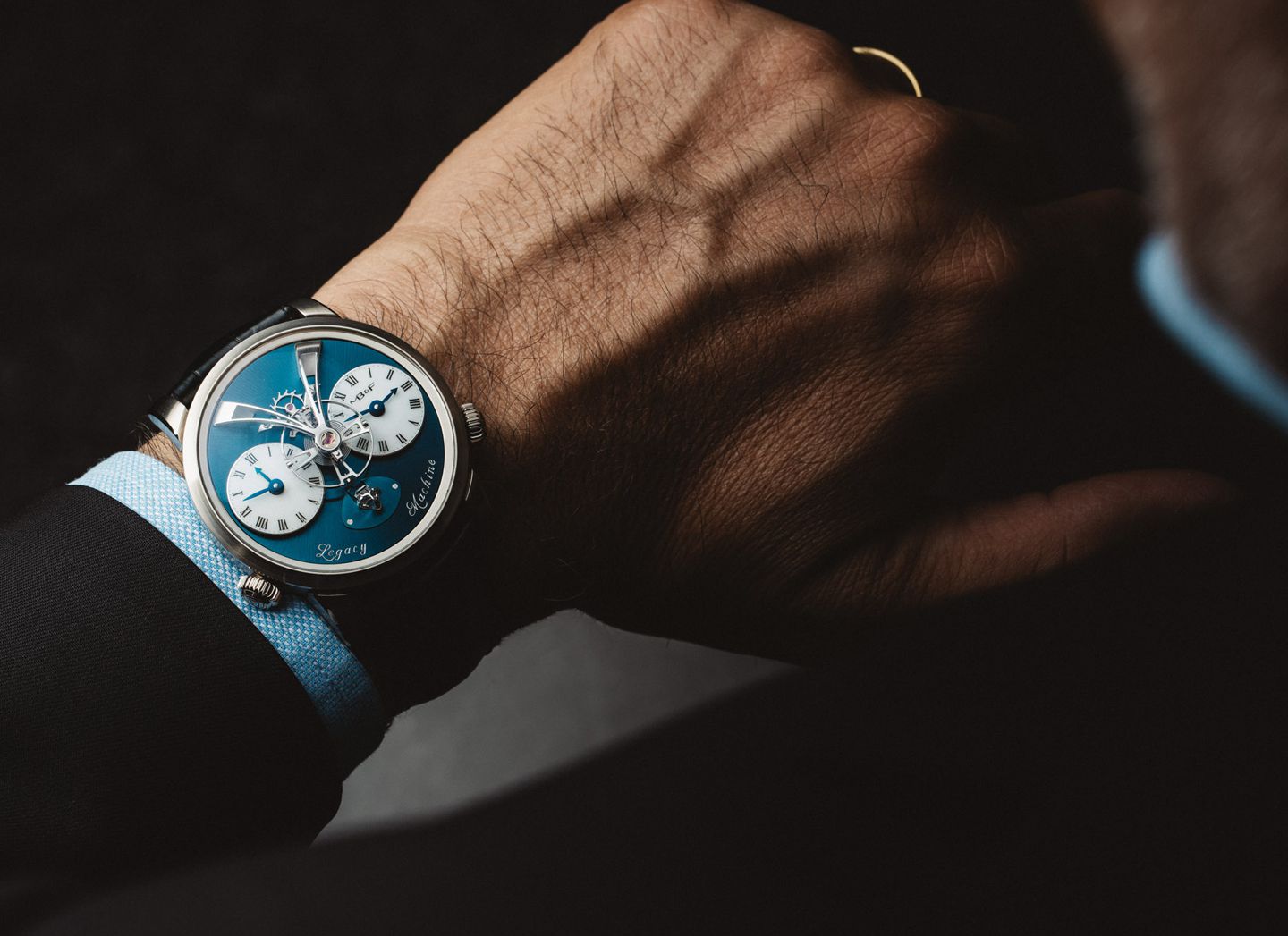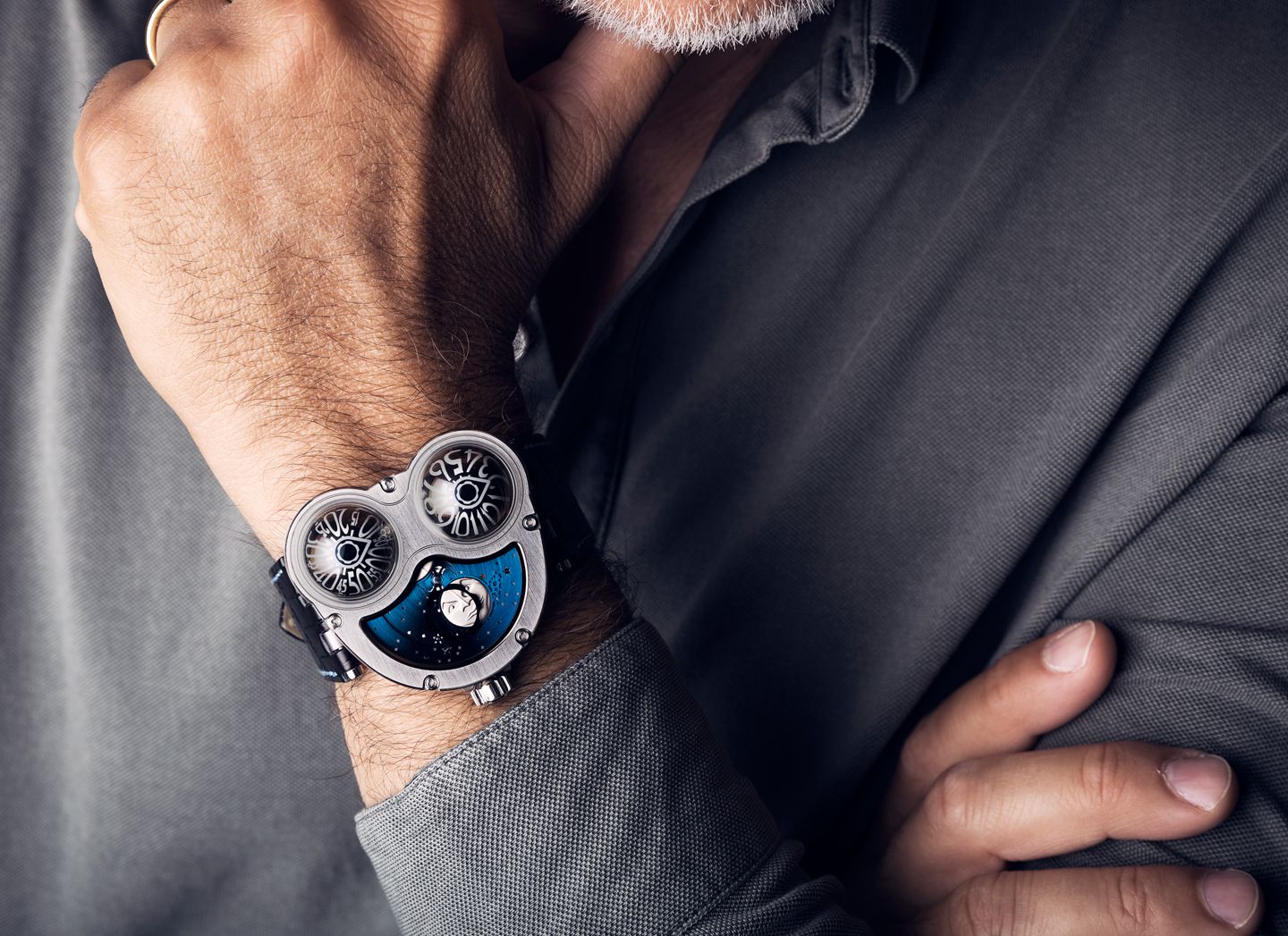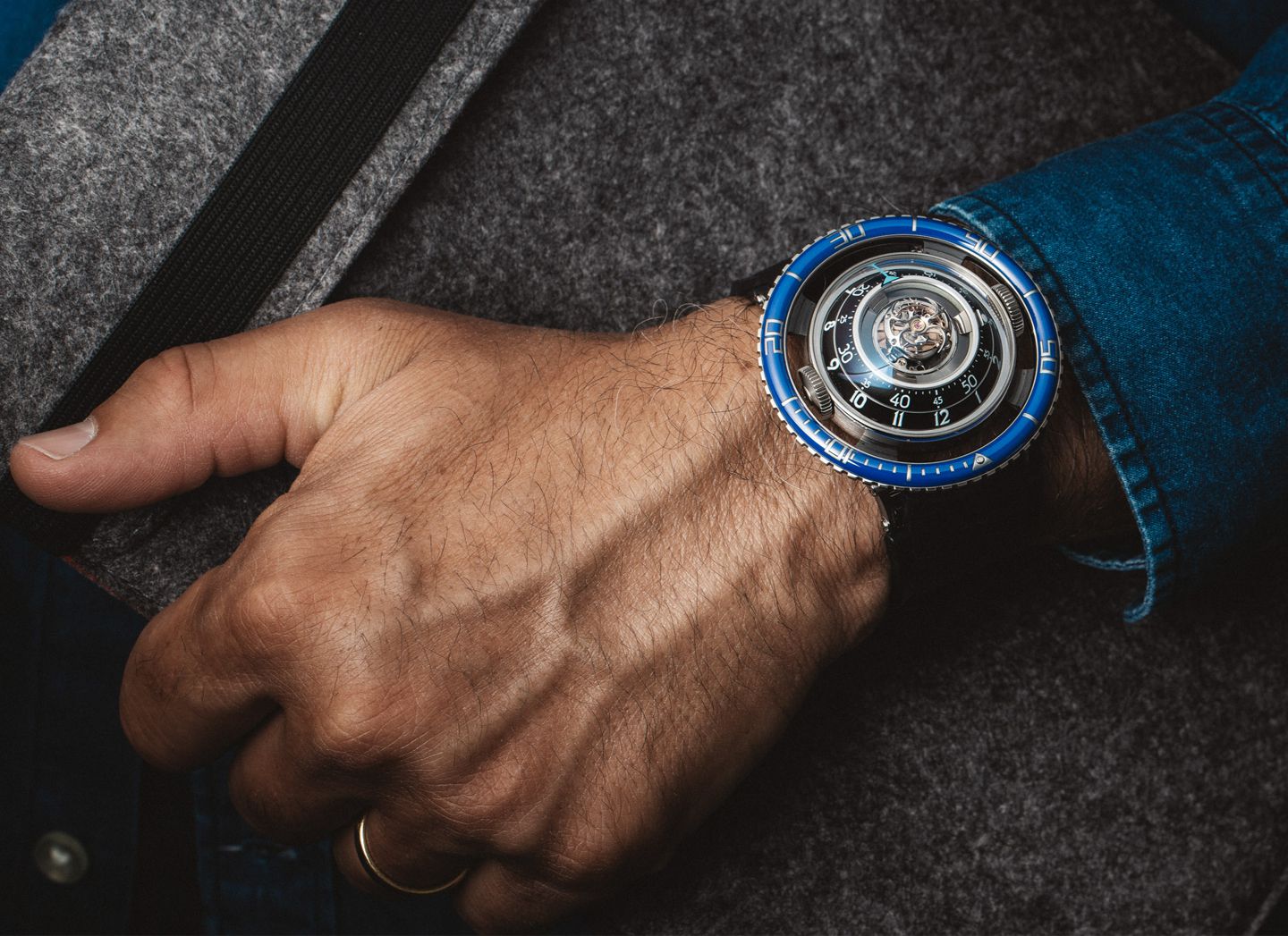
There are no easy solutions in the watch industry – something boutique high-end watchmaker and MB&F founder Max Büsser knows all too well. I recently spoke with him about the announcement stating that MB&F would be selling a regularly updated selection of “certified pre-owned” MB&F watches on their website. The move isn’t unique to MB&F, but for me it is a telling moment when the rather cautious Mr. Büsser throws his hat in the game and has his brand explore what is still an evolving sales strategy. What I am referring to are the complexities of not only selling new watches in a market, but also pre-owned pieces. This latter category currently happens to make up one of the most active commercial areas of the watch industry today.
A marketing and creative direction savant (an honest characterization though Büsser doesn’t always feel at home being sorted with other marketing professionals), Max Büsser’s greatest achievement in today’s tricky luxury watch industry might very well be his well-honed diplomacy skills. Doing business in today’s luxury watch market is often about choosing the path of least resistance (as opposed to no resistance) with commercial partners. Case in point is the interesting matter of what to do with second-hand high-end watches which still have more than a few breaths of life left in them. Does a brand allow its third-party retail partners to sell pre-owned just like they do new watches? Does a brand simply let the market handle its pre-owned watches in the natural manner the market sees fit? Or does a brand take an active role in both acquiring and then selling pre-owned models it made in the past?

Relationships are the most complicated part of the equation because a brand like MB&F relies on them at all levels of business, from production to customer service. At risk in taking charge of the servicing and selling of pre-owned watches is cutting out others (such as third-party retailers) from potential profit. What all parties have to gain is a potentially “cleaner” market which actually has the ability to help the sale of new watches, because pre-owned watches are better cared-for and priced more consistently. MB&F’s strategy seems to be one where pre-owned watches supplement rather than disrupt their sale of new watches – and MB&F’s execution is spot-on. Though a good question is to ask how applicable this strategy is to other brands. Be mindful that MB&F only produces a few hundred watches per year, many of which are priced at well over $100,000. Brands with lower average price points and larger production volumes will need to find their own solutions to the question of how best to deal with pre-owned timepieces they produced in the past. Even with such low production numbers and a sometimes fanatical focus on their market image, even a brand like MB&F still has a few used watches available on eBay. Not that there is anything wrong with that, but it does hint at what larger brands need to face.
One of the biggest problems with today’s watch market is not only the availability of too many watches, but the fact that there are too many options for where to buy watches (new or used). The luxury watch market is so full of places to get products, that consumers often feel anywhere from confused to totally paralyzed. What really continues to interest me is how the needs and exceptions of consumers are often at odds with the cautious curation necessary to maintain market health for perception-based luxury products where exclusivity is an important and often essential part the purchasing and consumer desire-formation process.

Before sharing my discussion with Max Büsser below, I want to explain a bit more about the current status of pre-owned watches in today’s luxury timepiece market as well as how MB&F has approached it. Be mindful that for a brand like MB&F, just one single “poor used watch purchase experience” can have a really negative impact on brand perception. So they have a strong incentive to make sure that their products currently on the market are properly positioned, presented, priced, and professionally profiled.
Visit The “Pre-Owned” section of MB&F’s website and you’ll be greeted with a boutique selection of pre-owned watches that you can contact the brand to buy. The watches are lovingly presented, each checked by a watchmaker, and serviced – and presumably polished to remove as much cosmetic wear as possible. MB&F no doubt wants to make sure its list of pre-owned watches is small at any given time, and exclusively features watches which it believes are no longer sold as new on the market so as not to compete with their valued network of third-party retailer partners.

Even though brands like MB&F have been involved in servicing their pre-owned watches for many years, it is a new move for them to actually get involved in sales. I know for a fact that MB&F did this somewhat begrudgingly because of past experiences that didn’t make all their retail partners happy. What I believe is happening is that in addition to directly selling pre-owned MB&F watches to customers, MB&F likely also offers this “certification” process to other retailers who have pre-owned watches they might want to sell. Why care if your luxury watch is certified pre-owned or not? Again, the value of this service depends on the price and complexity of a watch. MB&F timepieces are almost entirely custom when it comes to their cases, dials, and movements. That means if something goes wrong in some instances only MB&F themselves can actually fix the watch. Part of being a certified pre-owned watch is being checked by a watchmaker and serviced. The possibility that a several year old watch needs a watchmaker’s eyes is likely, if not common. No doubt that buying a pre-owned watch directly from a brand isn’t going to be the cheapest option, but it might be the safest (something conservative Switzerland is no doubt a huge fan of).
